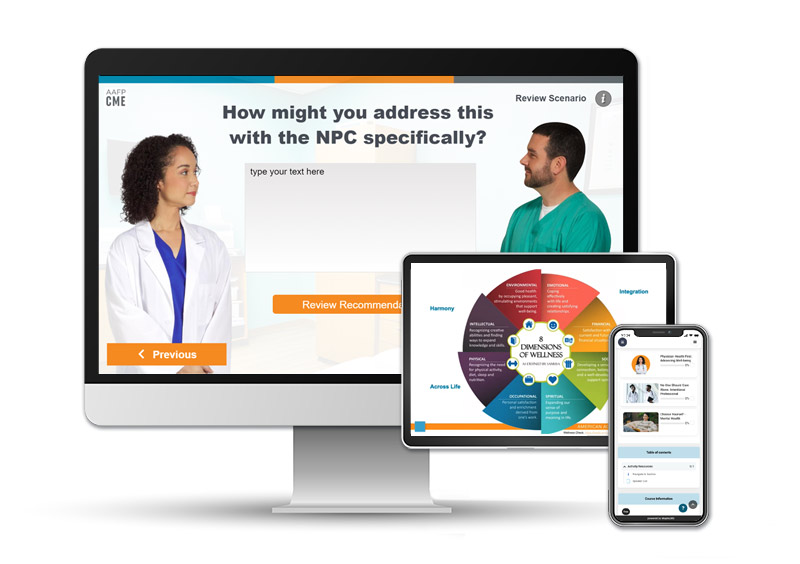How to Use Advanced Team-based Care in Family Medicine
Already using team-based care? Implementing advanced team-based care, which can include hiring new team members and optimizing your workflows, is a strategy that can elevate your practice. Watch the Practice Hack below for a member perspective on advance team-based care, and review highlighted steps from the video.
Steps for expanding into advanced team-based care
Step 1. Think about the needs of your practice and patient population.
If meeting those needs will require more staff, some of the roles you might want to explore adding are:
A generalist, such as a nurse or medical assistant, who can support the practice in a variety of ways. Often, this is the best role to hire before considering more specific roles.
An RN care coordinator, who can be a point of contact for patients or even help you jump-start a care management program, if your practice has a large population of patients with multiple conditions.
A population health navigator, social worker, clinical pharmacist, behavioral health specialist, nurse practitioner, or physician assistant, who can answer a specific clinical or patient support need you’ve identified in your practice.
Step 2. Redesign or try innovative workflows.
Workflows you might want to add or modify include:
Team huddles, which can improve communication and help the day run smoothly. Limit them to 10 minutes maximum, and make sure there’s a shared purpose and agenda. Keep in mind that allowing team members interested in taking on a leadership role to do so is an effective growth opportunity.
Panel management meetings, which are longer than a huddle and allow time for the team to review care for certain groups of patients and develop action steps.
Reimagined Medicare annual wellness visits (AWV)s that give the physician more time to focus on what’s important to the patient.
Pre-visit planning, which creates an opportunity to identify care gaps before an appointment.
Step 3. Leverage team members to take the lead in completing specific tasks associated with a comprehensive care service, such as the AWV.
In such a scenario, for example:
Licensed nonphysician health care professionals, such as nurses and health educators, can perform the AWV under the direct supervision of a physician.
A nurse or other staff member can complete much of the data collection and documentation required for the AWV during a separate patient encounter.
Registries can be used to proactively identify patients who have not been scheduled for an AWV or who need to reestablish care.
FPM Resource
Learn more about these and other opportunities to expand into advanced team-based care in FPM’s article “Taking Team-Based Care to the Next Level.” Discover the benefits that implementing team-based protocols can have on care team well-being, and tap into additional resources available to support you in establishing and sustaining advanced team-based care in your practice.

FREE CME: Non-Physician Clinician Supervision
Learn how to confidently build an effective working relationship with your non-physician clinicians.